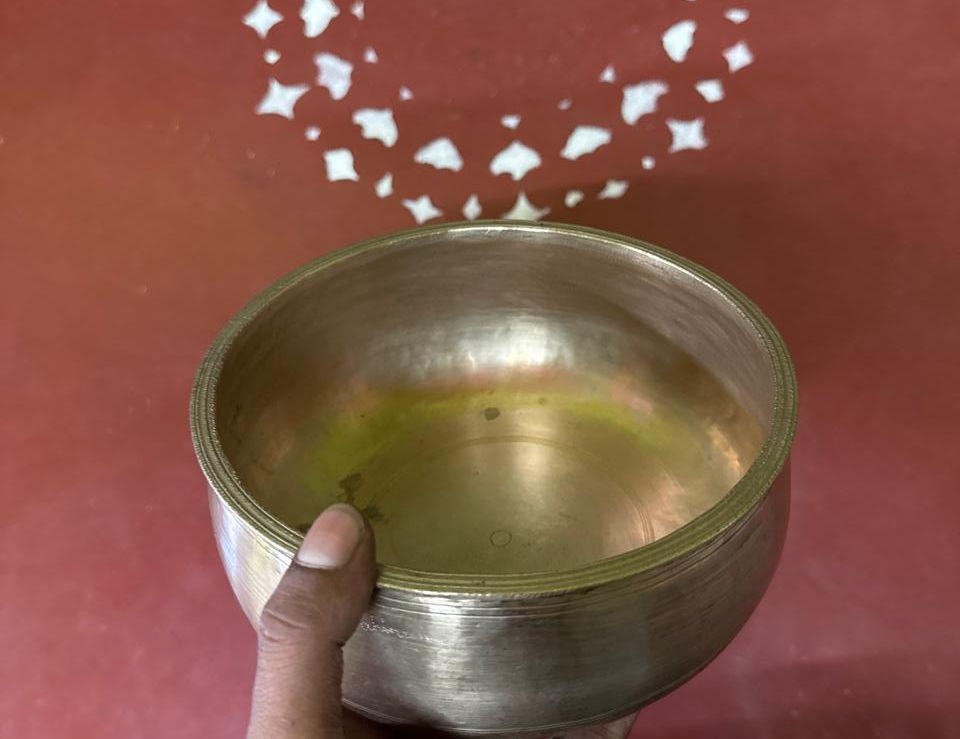Jagamohan, Ganjam: A village where bell metal still rings true
Jagamohan’s artisans shape metal with mastery, preserving a craft rooted in everyday life and sacred tradition.
In the heart of Ganjam district lies Jagamohan, a village where tradition is shaped in fire and metal. Known for its thriving bell metal craft, Jagamohan is home to 15–20 active kansa shalas—workshops where the rich legacy of Odisha’s metalwork continues to flourish. The steady rhythm of hammers striking metal resonates through the village, a sound that has echoed through generations of skilled artisans.
Here, craftsmanship takes many forms. Artisans produce an array of functional and ritual objects: thali and thaliya (large and small plates), gina, ghanta (bells), school bells, gini (small cymbals), and jhanj (larger cymbals). Each piece is crafted with precision and a deep understanding of traditional form and utility. Among the most beloved creations are the bela—specialized utensils for eating pokhal, a fermented rice dish central to Odia cuisine. These include the Belapadi Kansa, Katra Kansa, and Uakhama, each with its own distinctive shape and purpose.
What sets Jagamohan apart is its signature product—the Ghanta Thali and Ghanta Thaliya. Shaped like a bell, with a raised center and smooth, rounded edges, these plates are a fusion of beauty and function. They reflect not just the artisan's technical skill but the cultural nuances embedded in the village’s daily life and festive rituals.
As the OCO Fellows walked through the village, they found themselves in a living museum of heritage. The workshops were alive with activity—metal glowing in fire, hands moving in rhythm, and the air filled with the unmistakable chime of kansa being brought to life. Each object bore the imprint of heritage and the hope of continuity.
In Jagamohan, bell metal is more than a craft—it is a way of life. And with continued recognition and support, this village promises to keep the flame of tradition burning for generations to come.


